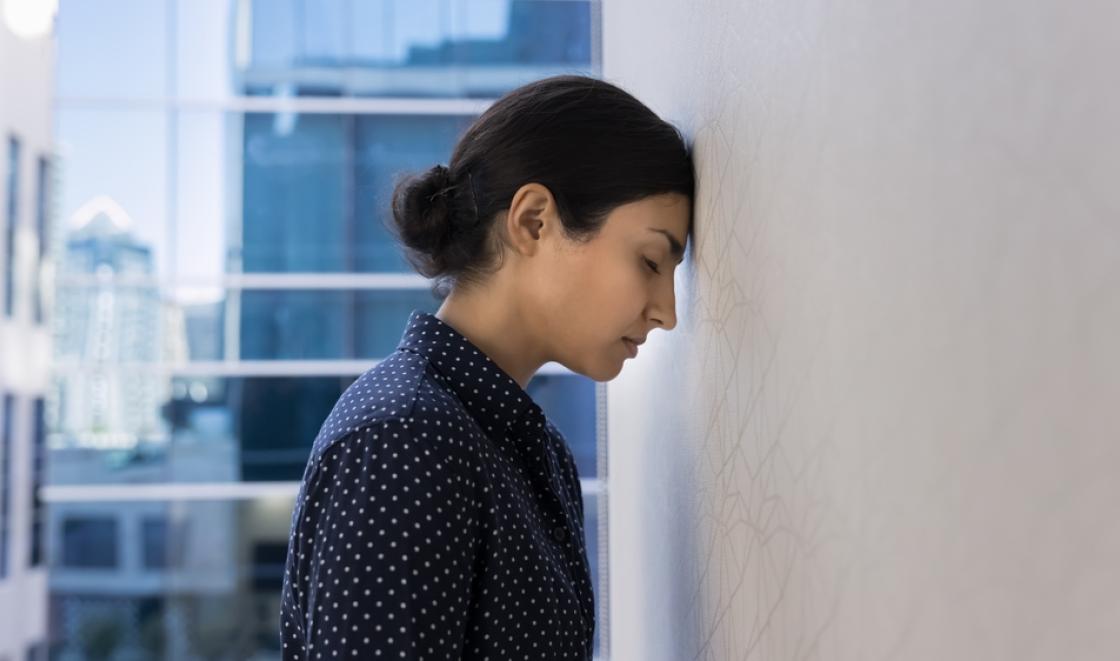Nor is this just a matter of human weakness, which is understandable, or the time-lag there can sometimes be between doing research and getting this into practice. Some studies make a noticeable difference to those whose wellbeing is improved, even if this takes a while, bringing a sense of achievement to researchers and patient, service user, carer and public contributors. But now and again, it can feel as if the wider world sometimes functions on a “need to not know” basis, with findings too often brushed aside if inconvenient or challenging, unless something catastrophic happens.
If this hits the headlines, patients or professionals may be urged to do better, until attention fades away again. But systems, structures and organisational or wider cultures which get in the way may be overlooked. Lack of resources may be used as an explanation for not tackling hazards, though failing to act may end up costing more.
Even where research, practice-based knowledge and lived experience combined highlight what could usefully be done to protect and improve health, the barriers can be frustrating. It is no secret that safety may be affected if ward staff are overstretched, or materials found to be flammable are wrapped around tall buildings and left there, yet these persist. Scientists and campaigners warn of the impact of environmental destruction and antibiotic resistance, but efforts to address these often focus on individuals and households.
Poverty and discrimination damage health. These may be made worse by governments and international financial institutions, through policies meant to promote economic growth or social stability (but which may undermine these too). When violence in the home and during armed conflict wreak havoc with children’s physical and mental health, often it is claimed that paying for protection and healing is too expensive, though funding can somehow be found for wars in which civilians make up most of the victims.
